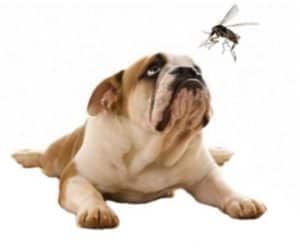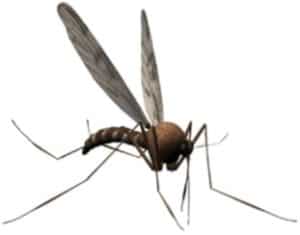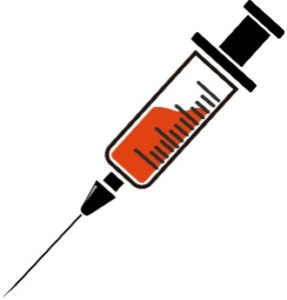🐶 🐶
Author: Dr. Sofia Sirage

👉 What do we know about Leishmaniasis… What is it?
Leishmaniasis is a disease caused by a parasite called Leishmania infantum. The dog is the main host and reservoir host, but can also affect other animals such as cats, foxes and rodents.
As it is a disease that can affect multiple animals, including man, it is therefore considered a zoonosis.

👉 How can my dog get Leishmaniasis?
The parasite is transmitted by the bite of phlebotome insects. Phlebotomes live preferably next to standing waters, in animal refuges, rubbish crates, gardens, forests, etc. In addition they are more active to dawn and dusk.
These insects exist throughout mainland Portugal, so Portugal is an endemic country.

👉 Can my dog transmit the disease to me?
No. Dog transmission to man or dog to dog does not happen. The existence of the vector is always necessary, which in this case is the phlebotome.

👉 What are the main clinical signs of the disease?
- Clinical signs are very variable.
- They can be widespread signs such as nutrition deficit, muscle atrophy, lethargy, pale mucosa, nasal bleeding, increased lymph nodes, joint inflammation, fever, etc.
- Cutaneous or mucocutaneous signals, such as falling hair, dermatitis, vasculitis (inflammation of blood vessels, often manifesting by necrosis at the ears of the ears), etc.
- As with other signs such as kidney, gastrointestinal and neurological problems.
- Consult your veterinarian, canine leishmaniasis is a chronic disease and treatment is not always effective, and there is a need for regular controls.

👉 What can I do to protect my dog?
- Avoid the risk of physical contact with phlebotomes, not doing tours at dusk and dawn (when they are more active).
- Using insecticides (sprays, spot-on, repellent collars, etc.) and reduce the light intensity at home (the phlebotomates fly toward light).
- Your veterinarian will advise the best option for your pet.
- In addition, vaccination plays a key role.
- A complete vaccination program, including annual revacination, provides your dog an internal and lasting protection against the disease.
- Talk to your veterinarian about your dog's vaccination.

❤️ Protect your Pet... Leishmaniasis has no cure... ❤️







Leave a comment